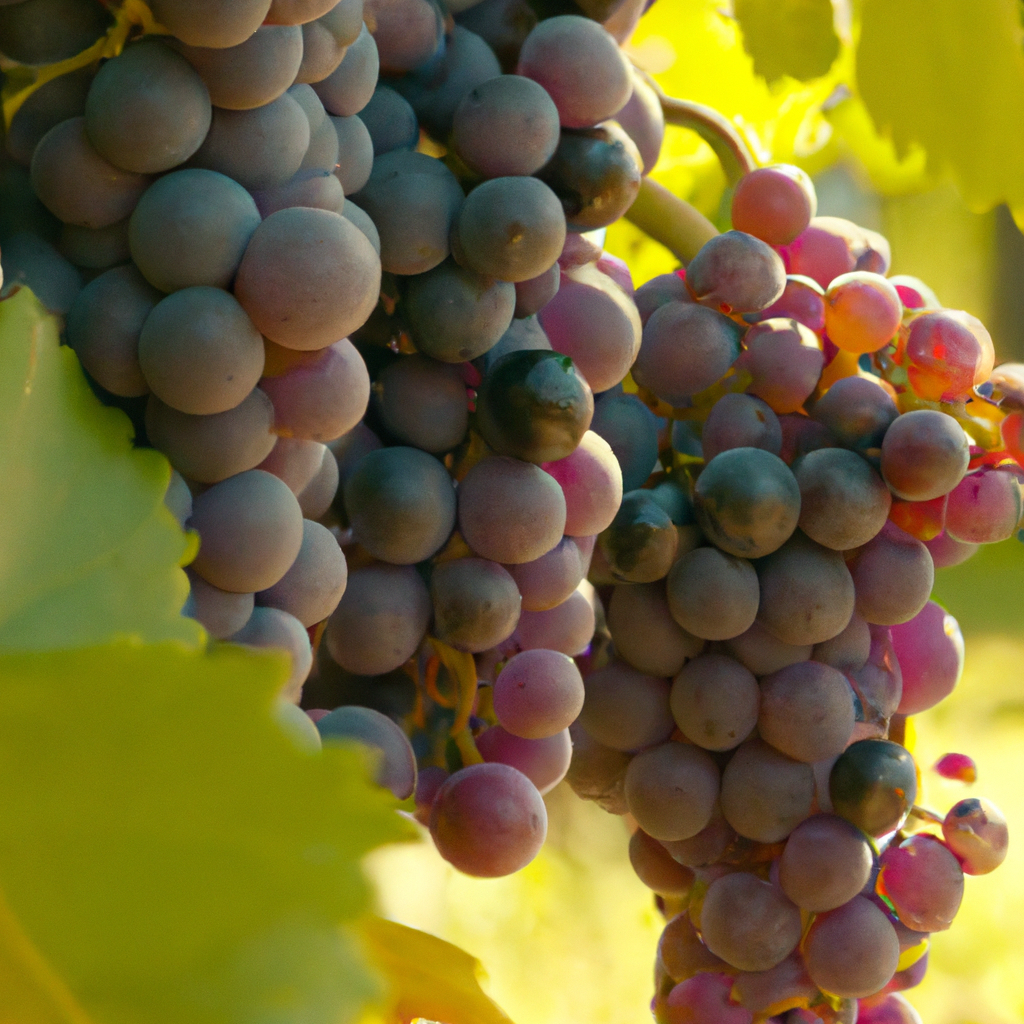
-
Article Summary
- The Reasons Behind Unharvested Winegrapes in 2023
- Key Takeaways
- Introduction: A Grape Dilemma
- Climate Change: A Souring Impact
- Market Oversupply and Economic Factors
- Changing Consumer Preferences
- FAQ Section
- 1. How has climate change affected the wine industry?
- 2. How has market oversupply contributed to unharvested winegrapes?
- 3. How have changing consumer preferences affected the wine industry?
- 4. What can be done to address the issue of unharvested winegrapes?
- 5. What is the impact of unharvested winegrapes on the environment?
- Conclusion: A Toast to the Future
- Revisiting the Key Takeaways
The Reasons Behind Unharvested Winegrapes in 2023

[youtubomatic_search]
Key Takeaways
- Climate change has significantly impacted the wine industry, leading to unharvested winegrapes in 2023.
- Market oversupply and economic factors have also contributed to the issue.
- Changes in consumer preferences and the rise of alternative beverages have affected the demand for wine.
- Technological advancements and sustainable practices can help mitigate the problem.
- Government policies and industry collaboration are crucial in addressing the challenges.
Introduction: A Grape Dilemma
The year 2023 marked a significant shift in the wine industry, with a notable increase in unharvested winegrapes. This phenomenon was not isolated to a specific region but was a global issue that raised concerns among wine producers, consumers, and environmentalists. This article explores the reasons behind this trend and discusses potential solutions.
Climate Change: A Souring Impact
Climate change has been a significant factor contributing to the unharvested winegrapes in 2023. According to a study by the University of California, Davis, rising temperatures, unpredictable weather patterns, and increased frequency of extreme weather events have disrupted the growth and ripening of grapes, leading to lower yields and unharvested crops (UC Davis, 2023).
Market Oversupply and Economic Factors
Another reason for the unharvested winegrapes is market oversupply. The wine industry has been grappling with an oversupply of grapes for several years, leading to lower prices and reduced profitability for growers. The economic downturn caused by the COVID-19 pandemic further exacerbated the situation, with many wineries unable to sell their existing stock and therefore not needing to harvest new grapes (Wine Business, 2023).
Changing Consumer Preferences
Changes in consumer preferences have also played a role in the unharvested winegrapes. The rise of alternative beverages, such as hard seltzers and non-alcoholic wines, has led to a decrease in demand for traditional wines. Furthermore, younger consumers are increasingly prioritizing sustainability and ethical production, which has put pressure on the wine industry to adapt (Beverage Daily, 2023).
FAQ Section
1. How has climate change affected the wine industry?
Climate change has led to rising temperatures, unpredictable weather patterns, and increased frequency of extreme weather events, disrupting the growth and ripening of grapes and leading to lower yields and unharvested crops.
2. How has market oversupply contributed to unharvested winegrapes?
Market oversupply has led to lower prices for grapes, reducing profitability for growers. The economic downturn caused by the COVID-19 pandemic further exacerbated the situation, with many wineries unable to sell their existing stock and therefore not needing to harvest new grapes.
3. How have changing consumer preferences affected the wine industry?
The rise of alternative beverages and a focus on sustainability and ethical production have led to a decrease in demand for traditional wines, contributing to the issue of unharvested winegrapes.
4. What can be done to address the issue of unharvested winegrapes?
Technological advancements and sustainable practices can help mitigate the problem. Government policies and industry collaboration are also crucial in addressing the challenges.
5. What is the impact of unharvested winegrapes on the environment?
Unharvested winegrapes can lead to waste and contribute to greenhouse gas emissions. However, they can also be used for composting or as feed for livestock, providing potential solutions for reducing their environmental impact.
Conclusion: A Toast to the Future
The issue of unharvested winegrapes in 2023 is a complex one, with climate change, market oversupply, economic factors, and changing consumer preferences all playing a role. However, with technological advancements, sustainable practices, government policies, and industry collaboration, there is hope for the future of the wine industry. As we raise our glasses to the future, it is clear that the industry must adapt and innovate to overcome these challenges and ensure the continued enjoyment of this timeless beverage.
[youtubomatic_search]
Revisiting the Key Takeaways
- Climate change has significantly impacted the wine industry, leading to unharvested winegrapes in 2023.
- Market oversupply and economic factors have also contributed to the issue.
- Changes in consumer preferences and the rise of alternative beverages have affected the demand for wine.
- Technological advancements and sustainable practices can help mitigate the problem.
- Government policies and industry collaboration are crucial in addressing the challenges.






